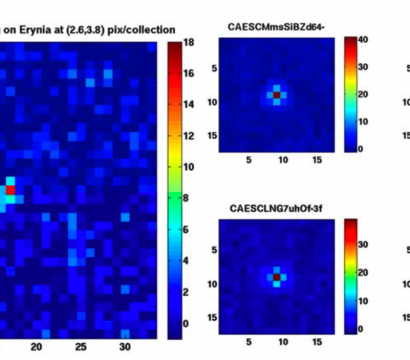Commercial and Government Researchers Move Toward Collaborative Satellite Calibration
On a rapidly changing Earth, space-based imaging provides one of the most critical inputs to our scientific understanding of the whole Earth system. With the rapid increase in the number of medium- to high-resolution imaging sensors, there is increasing need for standard calibration methodology. An increase in sensor fusion, in which researchers […]











